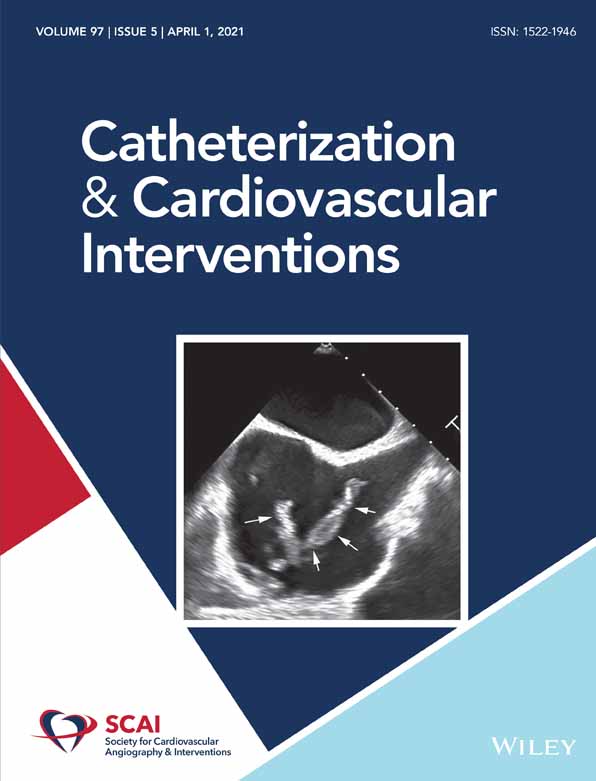Adapting STEMI care for the COVID-19 pandemic: The case for low-risk STEMI triage and early discharge
Abstract
The coronavirus pandemic has resulted in the need for rapid assessment of resource utilization within our hospital systems. Specifically, the overwhelming need for intensive care unit (ICU) beds within epicenters of the pandemic has created a need for consideration as to how acute coronary syndrome cases, and specifically ST-elevation myocardial infarction (STEMI) patients, are managed postprocedure. While most patients in the United States continue to be managed in coronary care units after primary percutaneous coronary intervention, there is a robust literature regarding the ability to triage STEMI patients safely and efficiently with low-risk features to non-ICU beds. We review the various risk scores for STEMI triage and the data supporting their usage. In summary, these findings support an approach to low-risk STEMI triage that does not come at the expense of quality patient care or outcomes, where up to two-thirds of patients with STEMI may be able to be safely managed without ICU-level care.




